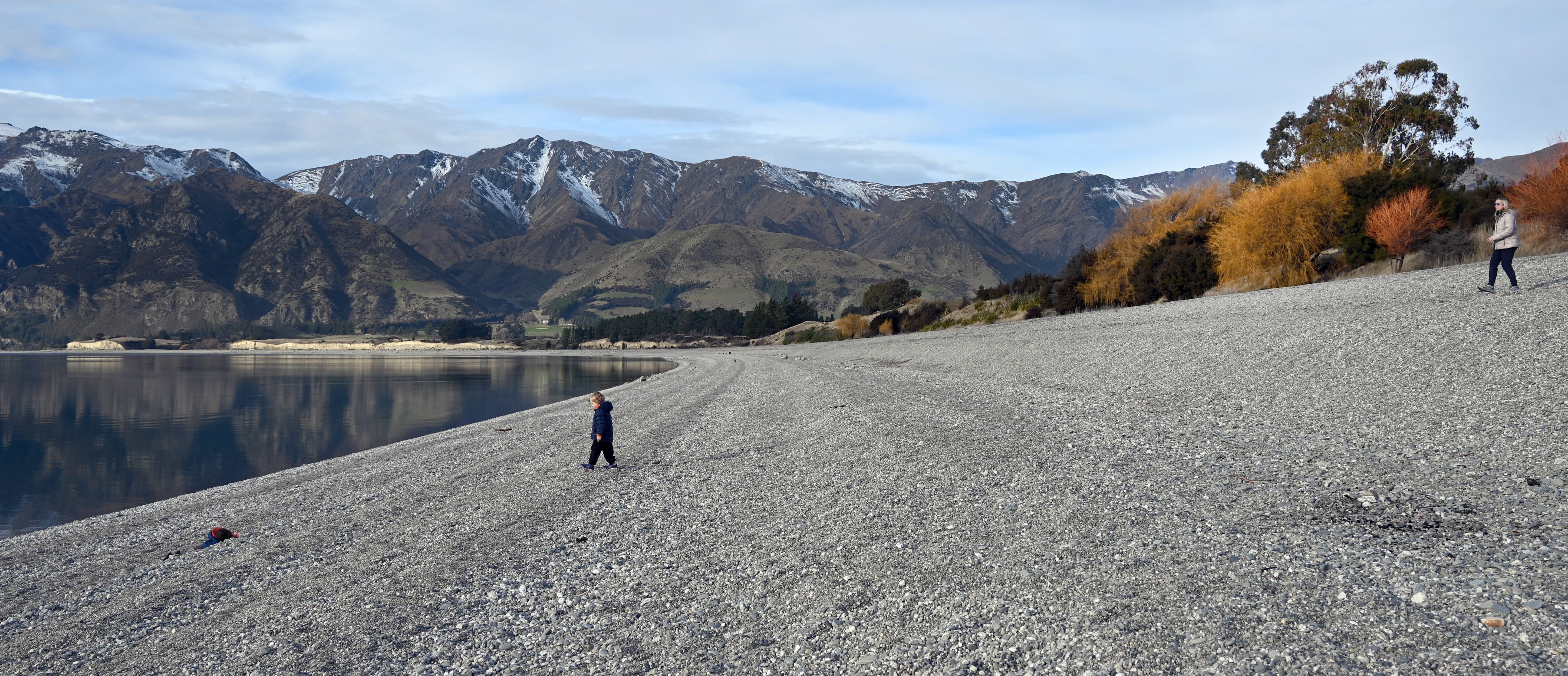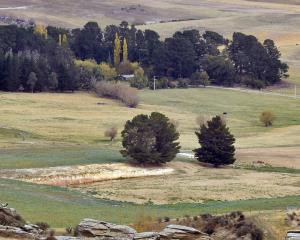
The latest readings showed the South Island’s hydro lakes were 40% below the mean hydro energy storage for this time of year — and with no sign of significant rainfall soon.
Tiwai Point aluminium smelter, which recently signed a 20-year extension deal with Meridian Energy, said it would reduce its electricity usage by a total of 185 megawatts (MW) from early next month in response to a request to reduce consumption.
Last week, it was reported it had agreed to cut use by 100MW.
New Zealand Aluminium Smelter chief executive Chris Blenkiron said Tiwai would wind down to meet the revised request.
"With lake storage near their lowest levels historically, we will began ramp down to enable 185MW to flow into the system to help ease tight supply.
"I want to recognise the significant work ahead for the team at Tiwai, who will now be asked to begin stopping and restarting one-third of our operation, until April next year.
"While winding back our operations is complex, the team at Tiwai understand the importance of playing our part as part of the wider electricity system to ease the stress the system is now under from tight hydro and gas supplies."
Waikato University research associate at the School of Science Prof Earl Bardsley said the situation was worrying.
"The thing that most worries me from the hydrological viewpoint is that coming so soon after the low inflows of 2021, it may be indicative that the return period between such events has reduced as a consequence of climate change.
"Likewise, the reduced snowpack could be an effect from global warming.
"This in turn comes back to the short-sighted nature of the present government’s termination of all the investigations by the previous government into infrastructure options for handling dry years."
Meridian general manager wholesale Chris Ewers played down concerns.
"These sorts of dry events aren’t unusual.
"In New Zealand we do get dry periods, and sometimes extended ones. We have a large operating range in our hydro lakes and that helps us to meet New Zealand’s electricity needs, particularly during winter.
"Beyond storage, we have options available to us, such as demand response and swap options, to hold us over and support New Zealand until in-flows pick up in spring."
Mr Ewers said Meridian was investing in new generation such as wind and solar.
"Just last week we commissioned the final turbines at our Harapaki Wind Farm in Hawke’s Bay, meaning Harapaki can now generate up to 176MW of renewable energy for the national grid.
"We’re a long way through winter, and hydro lake inflows tend to pick up from September through changing weather patterns and increased rainfall, which provide a good dose of hydro lake inflows. Snow-base does contribute, but it isn’t the major contributing factor at this time of year."
Contact Energy head of hydro generation Boyd Brinsdon said Lake Hawea, which Contact actively controls, was about half of its normal storage level for this time of year due to low inflows into the Clutha catchment.
"Other lakes which we do not control, such as Lake Wanaka, are less than half their normal levels for this time of year.
"While lake levels are low due to a dry weather spell since May, water levels have not affected our ability to meet peak demand at our Clyde and Roxburgh dams.
"Our Taranaki combined cycle and Whirinaki thermal power stations are also available to be used to meet demand as required."
National Institute for Water and Atmospheric Research (Niwa) climate scientist Ben Noll said an "unusually early and persistent" La Nina weather phenomenon was the most likely cause of the drier-than-normal winter.
"It happened a little quicker than we thought it would.
"As the winds blow from the northeast, they tend to dry out as they reach the South Island.
"This has led to some pretty low rainfall totals, particularly in the inland South Island."
Dr Noll said there could be some rain in the next fortnight, but it was unlikely "to be a pattern as such".
"There may be some promise of more rain near the end of August, as has happened during previous La Nina phenomenon.
"But even if spring does bring some beneficial rainfall, we could see the La Nina come about again and lead to another dry summer."













